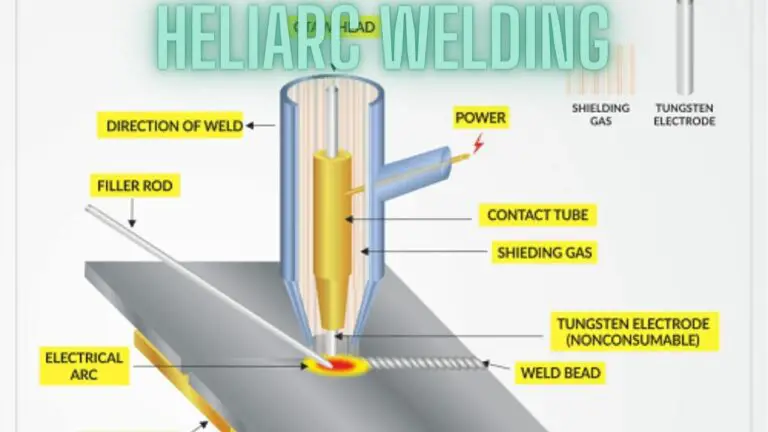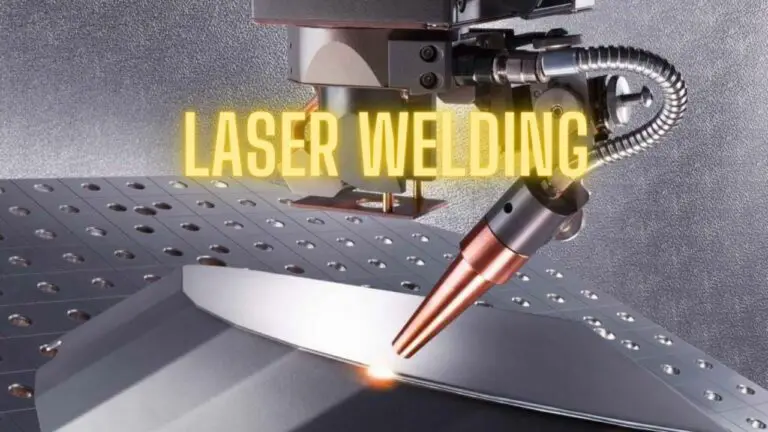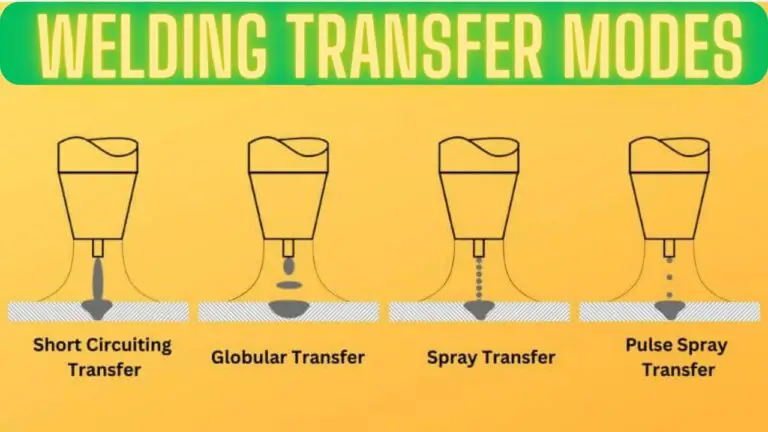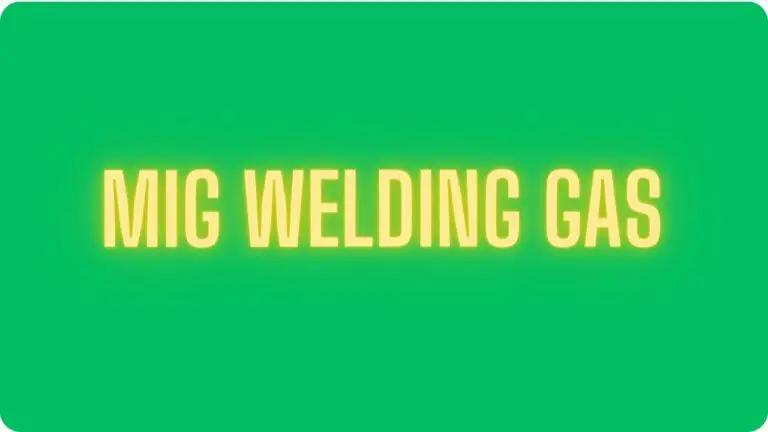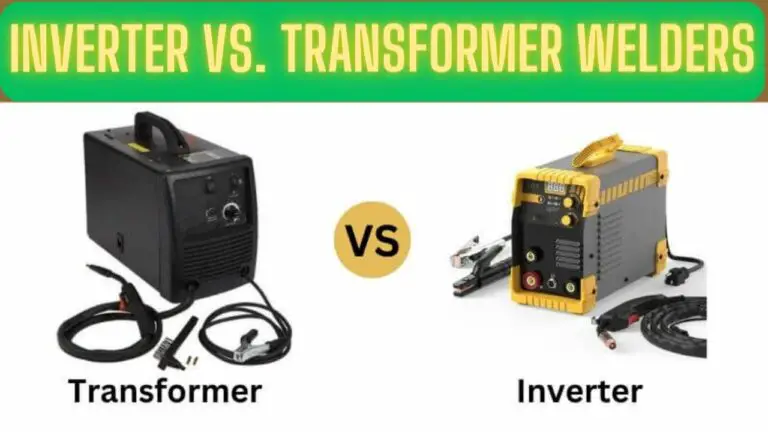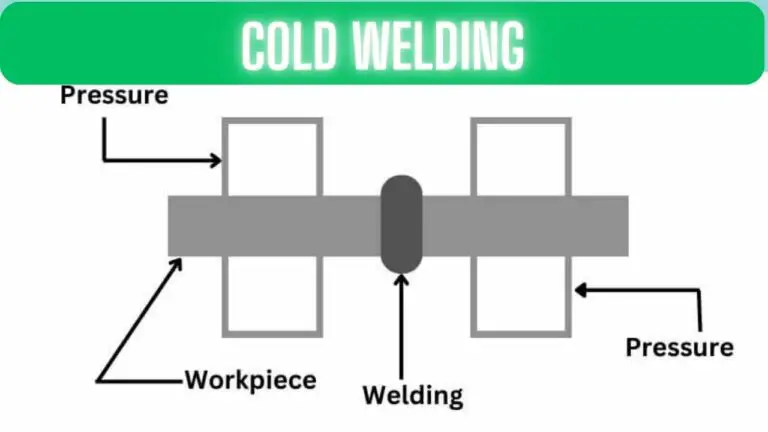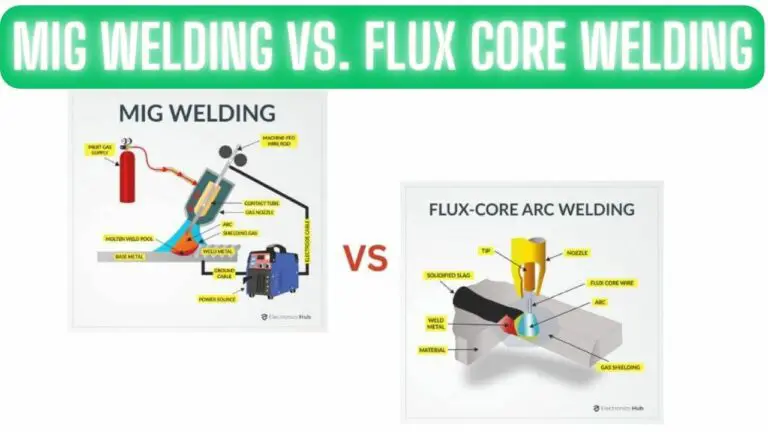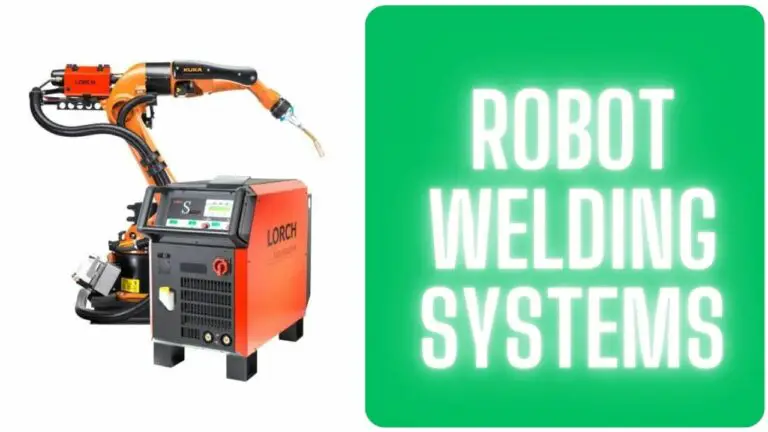Exploring the Depths: The Art and Science of Underwater Welding
The world beneath the surface of our oceans is a realm of mystery and wonder, yet it is also a place of immense challenges and opportunities. One such opportunity lies in the field of underwater welding, a fascinating and vital aspect of maritime construction and repair. In this article, we will dive into the depths of underwater welding, exploring its techniques, applications, challenges, and the remarkable individuals who undertake this demanding profession.


